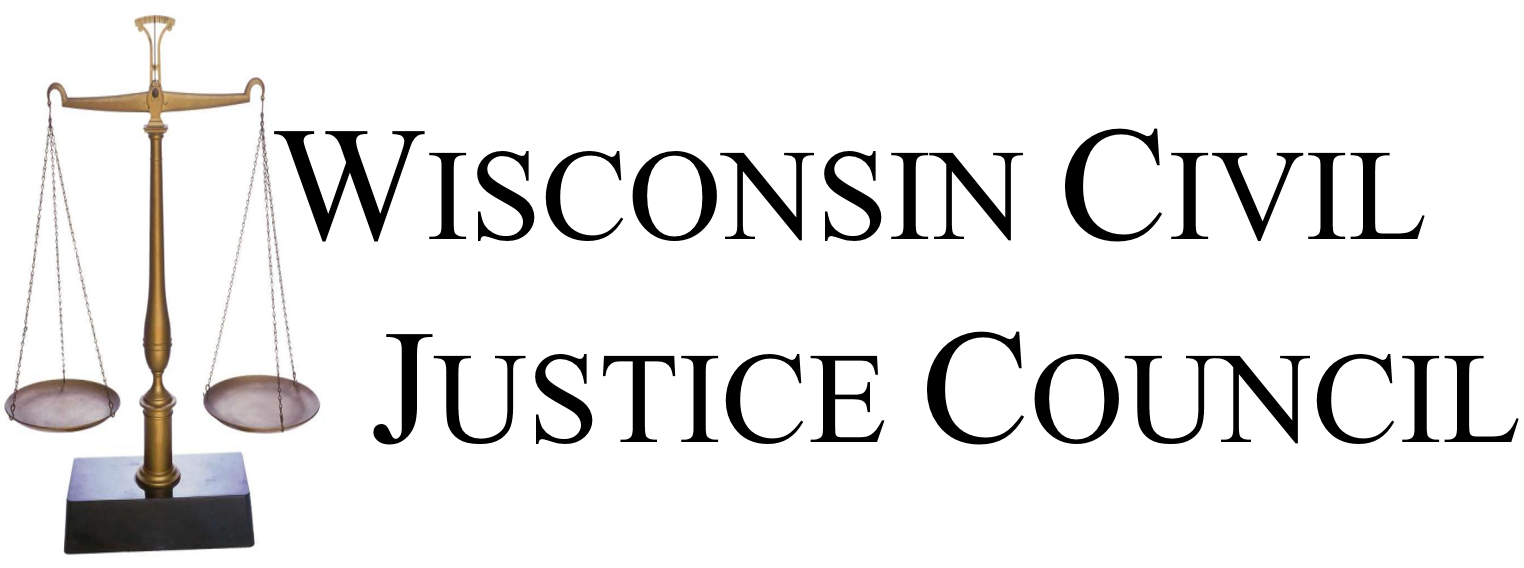Last Thursday, April 7, a three judge panel ruled that a group of voter’s challenge to Wisconsin’s 2012 redistricting map can head to trial.
The Wisconsin Department of Justice had filed a motion for summary judgment on behalf of the defendants in the case. The Court ruled that deciding the case, as a matter of law “would be premature because there are factual disputes regarding the validity of plaintiffs’ proposed measurement for determining the existence of a constitutional violation.” Therefore, the case will move forward toward trial.
The plaintiffs argue that the Wisconsin legislature unconstitutionally redistricted, or gerrymandered, in the latest decennial redistricting according to political affiliation. The Supreme Court precedent regarding analyzing redistricting by partisan affiliation is muddled at best.
In Davis v. Bandemer the Supreme Court ruled that partisan gerrymandering claims are justiciable and the standard for the claim is proving discriminatory intent and a discriminatory effect under the Equal Protection Clause (14th Amendment). However, in Vieth v. Jubelirer a plurality of the Court stated that partisan gerrymanders are political questions and therefore cannot be answered by the federal courts. However, another plurality of the Court stated partisan gerrymandering was a justiciable issue (and therefore could be answered) and the standard in Bandemer should be followed. Justice Kennedy, straddled the center ground writing that the issue was justiciable but that the standard in Bandemer was not workable. The final case on this issue is League of United Latin American Citizens v. Perry, where the Court assumed the case was justiciable, but concluded that there was not a manageable standard for determining whether a partisan gerrymander violates the Constitution. Thus it has been left to lower courts to create a workable standard.
In their briefs to the Court the plaintiffs propose a standard for the Court to apply to measure partisan bias in legislative maps through a standard called an “efficiency gap.” An efficiency gap measure analyzes to what extent a legislative district has been drawn to favor a party by measuring “wasted” votes (more votes than were needed to win the district) compared to the total amount of votes cast. Specifically the test involves three steps: (1) State acted with discriminatory intent; (2) discriminatory effect shown through the efficiency gap; and (3) if elements one and two are shown, then the burden shifts to the defendants who must show the discrimination was unavoidable due to the nature of political geography and “legitimate” redistricting objectives.
The State argues the Court should grant their summary judgment motion because the plaintiffs’ measure of discriminatory effect, the efficiency gap, is not a good measure of unconstitutional partisan discrimination. The State proffers multiple reasons for this including that even neutrally drawn maps can have large efficiency gaps, and that political geography favors Republican candidates as democratic voters live in densely populated urban areas.
The Court ultimately stated the State did not meet its burden, to show there is no question of material fact to try. Therefore the case will go to trial. The three judge panel was made up of Circuit Court Judge Kenneth Ripple (President Reagan appointee), District Judge Barbara Crabb (President Carter appointee) and District Judge William Griesbach (President George W. Bush appointee).
